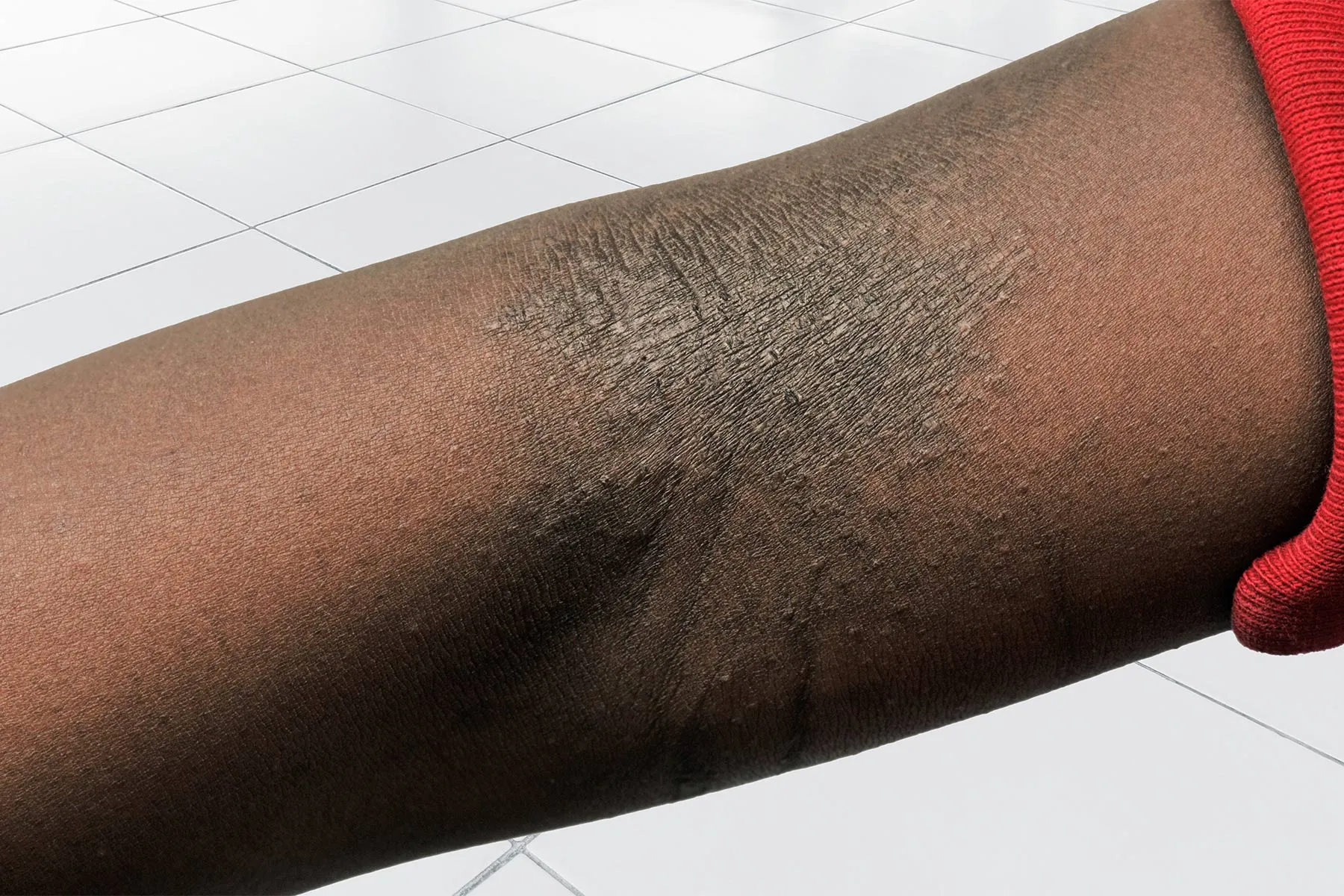Why Fixing Infrastructure Will Make Us Safer
The huge infrastructure bill awaiting a House vote Friday is about more than repairing bridges and highways. It can create the conditions for restoring trust between at-risk communities and police, writes a criminologist from the University of South Dakota.

The House of Representatives is scheduled to vote Friday on a $1 trillion bipartisan infrastructure bill designed to invest in improving America’s water infrastructure, Internet, power grid, and our beleaguered inner-city neighborhoods.
While this will require difficult compromises, attention should also be paid to improving our “human infrastructure”―housing, education and public safety.
These investments would help give cities the capacity to proactively address the renewed concerns over crime around the country.
Recently, several north Minneapolis residents sent an open letter to Minnesota Gov. Tim Walz, asserting the area they live in is a “war zone” and that they have been “left to twist in the winds of violence.”
In the letter, they ask Walz to send “any and all available resources, whether that be State Patrol or National Guard” to their city.
No one should live in fear of their own community. But unfortunately what these residents are experiencing is the result of a tumultuous year in the United States that will only become more challenging.
A movement to reduce the positive footprint of the police rather than work to implement effective policing strategies in partnership with communities is certain to exacerbate the fears expressed in that letter to Gov. Walz.
Under-policing can be just as harmful as over-policing to communities—and that’s where improving infrastructure matters.
Several communities around the United States are confronting unfamiliar levels of crime, specifically homicide. The FBI’s 2020 crime statistics showed homicides in the U.S. rose by almost 30 percent—the highest recorded since statistics have been compiled.
This was true regardless of region, city size, and political orientation.
Editor’s note: The rate of increase in murders has slowed during the first seven months of 2021, according to a recent survey released by the Police Executive Research Forum.
Criminologists have suggested several plausible and interrelated reasons for the spike in homicides: the stress of the pandemic, the police legitimacy crisis, and increased firearm carrying.
But each of these is also connected with the problem of under-policing, and it has underlined the fact that many communities feel neglected by government services.
Public safety (and confidence) in neighborhoods can be improved without forcing the police to disappear.
Many effective evidence-based solutions to reduce gun violence have already been advanced―solutions that engage the community and police as partners.
For example, focused deterrence is a method of problem-oriented policing in which the root cause of violence is addressed before more punitive actions are taken.
It is not just the police that operate focused deterrence programs.
It is a community effort involving family, friends, social services, city officials and religious figures. An immense amount of effort and emotion takes place to get offenders, often young men, reintegrated into pro-social aspects of a community so they are not shot at or killed.
These include well-thought-out interventions related to school, mental health education, substance abuse assistance, and job training.
A complimentary strategy involves intelligence-led policing, where the police gather crime intelligence regarding people who commit crime. Subsequently, that data helps formulate the best way to respond to crime problems.
For example, a police department might identify a particular “hot spot” for homicide and facilitate a decision-making process to enforce or offer services. After all, we know that specific groups commit homicide at specific places.
Smart policing even goes further to emphasizes building research partnerships to aid in the collection and analysis of data while mobilizing the use of innovative policing strategies. All of this takes more police, more confidence in police, and a wider public understanding of the role of the police in modern society.
To do this, we not only need a re-commitment to funding police agencies for proactive policing, but increased resources to communities to support innovative community responses to violence.
For the police and community to achieve public safety, it is also important to consider how focusing on infrastructure supports and improves day-to-day lives for residents, especially residents living in inner city areas.
That’s why devoting time and money to funding improvements in public infrastructure in communities most harmed by under-policing would allow improved systems to thrive.

Tom Mrozla
Residents in a community can have rare unfavorable interactions with the police, but at the same time recognize that there is a police role within communities.
The end goal of such a partnership is not just reducing crime—but improving the quality of life and providing public safety to all citizens regardless of where they live.
Tom Mrozla is an Assistant Professor of Criminal Justice at the University of South Dakota. He studies policing issues and teaches criminology, policing, and special topics classes.

 Landwebs
Landwebs 





















